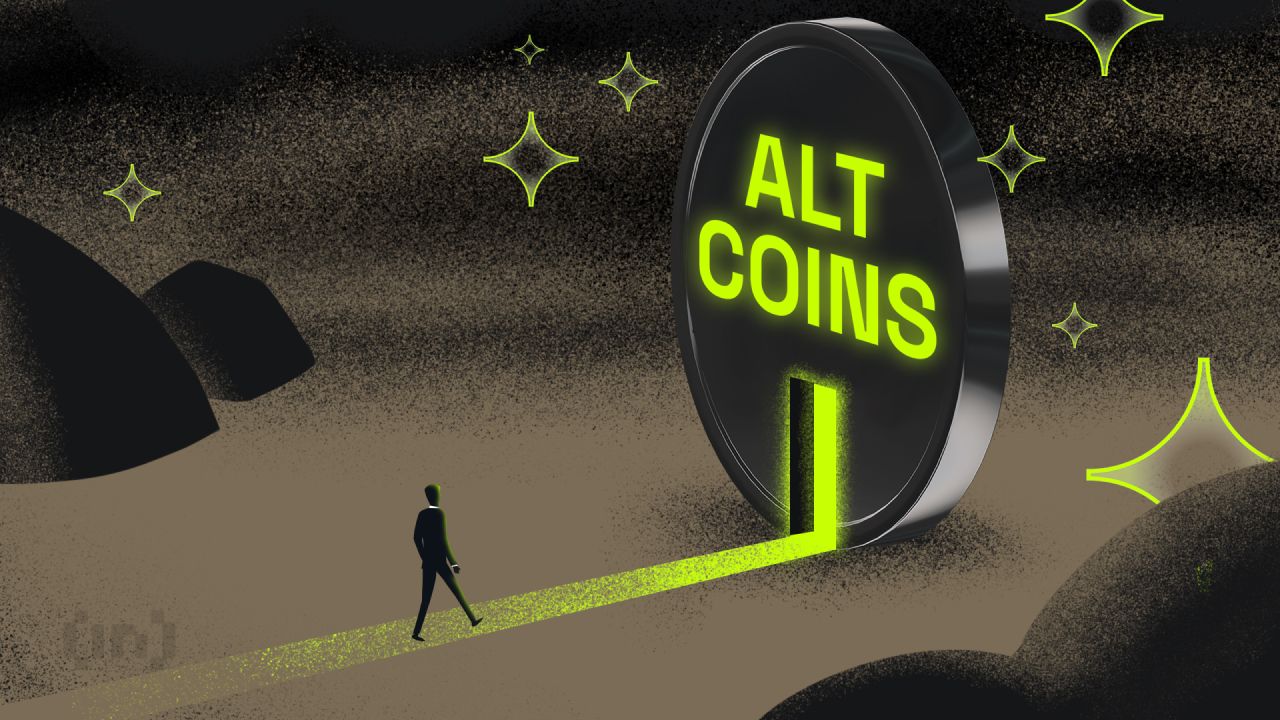Major General John T. Reim (holding scissors) prepares to cut the ribbon at the reopening ceremony for the Stibnite mine in Central Idaho on Friday, September 19, 2025. Idaho Governor Brad Little and Deputy Undersecretary Kristin Sleeper of the Department of Agriculture (wearing orange vests) joined Reim and officials at Perpetua Resources for the ceremony.
Perpetua Resources
Saying it puts the Pentagon “one step closer to establishing a complete domestic supply chain,” Maj. Gen. John T. Reim, Joint Program Executive Officer Armaments & Ammunition and Picatinny Arsenal Commanding General hailed the reopening of the Stibnite Mine operated by Perpetua Resources in Idaho on Friday, September 19. Maj. Gen. Reim spoke to an audience of local, state, and company officials who had gathered for a ribbon cutting ceremony at the mine’s site in Central Idaho.
“After 8 years of extensive permitting review and over $400 million invested, it is finally time for the Stibnite Gold Project to deliver for America,” said Jon Cherry, President & CEO of Perpetua Resources. “A united vision to produce critical resources urgently needed for national security and to restore an abandoned site, along with the feedback from our communities, have guided us to this monumental milestone.”
Antimony’s Crucial Role In The Pentagon’s Weapons Systems
Though it is known to contain sizable quantities of an array of minerals, including gold and silver, the Stibnite mine’s known reserves of the critical mineral antimony is the main prize the Pentagon hopes to secure from its operations. In documents filed during its years-long permitting process with the U.S. Forest Service, Perpetua estimates the mine’s ore contains as much 4.8 million ounces of gold, 6.4 million ounces of silver, and 149 million pounds of antimony. The overall mining site covers 3,200 acres of land including 3 pit mining sites. Crucially, Perpetua estimates the Stibnite mine could enhance U.S. energy security and national security by providing up to 35% of U.S antimony needs in the coming decades.
Mining operations targeting gold and silver commenced at the Stibnite site in 1927. The miners quickly discovered the mine also contained a huge cache of antimony, a critical mineral which is a component in a vast array of high tech, energy, and U.S. military applications. For the Pentagon’s needs, those applications include things like armor piercing bullets, night vision goggles, infrared sensors, precision optics, laser sighting, explosive formulations, hardened lead for bullets and shrapnel, ammunition primers, tracer ammunition, nuclear weapons and production, tritium production, flares, military clothing, and communication equipment.
The antimony resource at Stibnite is so massive that the single mining operation provided about 90% of the U.S. military’s needs throughout World War II. But the mine went dormant in the 1990s after the United States government made the decision to make the permitting and operation of domestic mining operations more difficult, choosing to rely on imports of most of the country’s critical mineral needs via international supply chains which today are mostly controlled by China.
Rising tensions between the U.S. and China have made it obvious in recent years that this situation, in which the U.S. War Department must rely on an adversary nation for its mineral needs, is increasingly unsustainable. President Joe Biden gave a nod to this reality in June 2021, when he committed his government to mounting what he called a “whole-of-government” effort to onshore the supply chains for these critical minerals. But progress towards that goal was hard to discern, and the lengthy permitting process for the Stibnite mine’s reopening lingered on.
The unsustainable nature of the problem came to a head last summer when China introduced heavy export restrictions on critical and rare earth minerals. The situation rose to crisis levels when the Xi Jinping government fully halted such exports in April of this year. China resumed the exports two months later after it had agreed to the framework for a comprehensive trade and tariff deal with the Donald Trump White House, but the pressing need to reshore these supply chains for the Pentagon’s needs remains.
Meeting The Pentagon’s Munitions Strategy For The Future
Maj. Gen. Reim sees the permitting stalemate now reversing with Friday’s ribbon-cutting. “The Stibnite project currently holds the largest identified reserve of antimony in the U.S. It is one of the largest antimony reserves outside of foreign control,” he told the gathering. “This mine offers a secure, reliable, domestic resource for military grade antimony sulfide and is aligned with the Army’s ongoing ‘Ground-to-Round’ assured munitions strategy for establishing a complete domestic supply chain, from raw material access to material processing to ammunition production, as we modernize and fortify the Arsenal of Democracy.”
Once the required posting of its joint financial assurance bond is completed in the coming weeks, Perpetua said in a statement that it anticipates restarting the mine’s operations this fall, thus setting in place another link in a long chain towards enhancing America’s energy security and meeting the Pentagon’s critical minerals needs.
Source: https://www.forbes.com/sites/davidblackmon/2025/09/21/pentagon-hails-restart-of-critical-minerals-mine-in-idaho/



